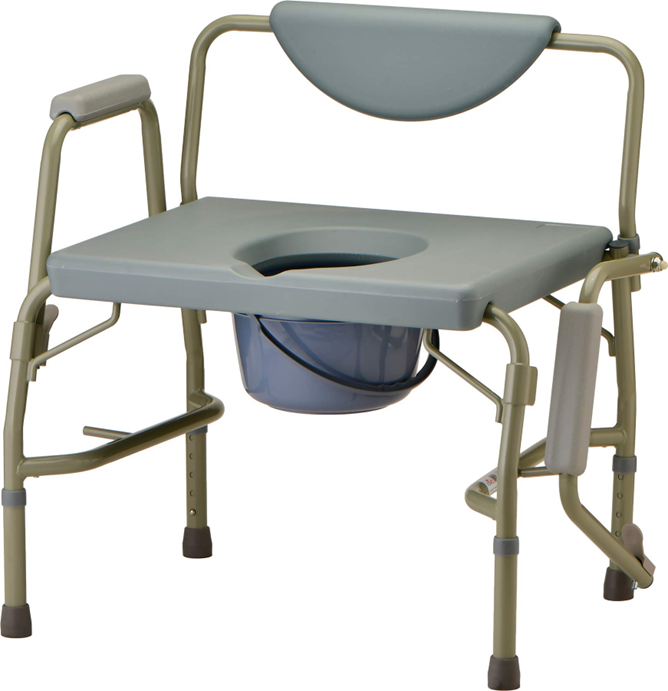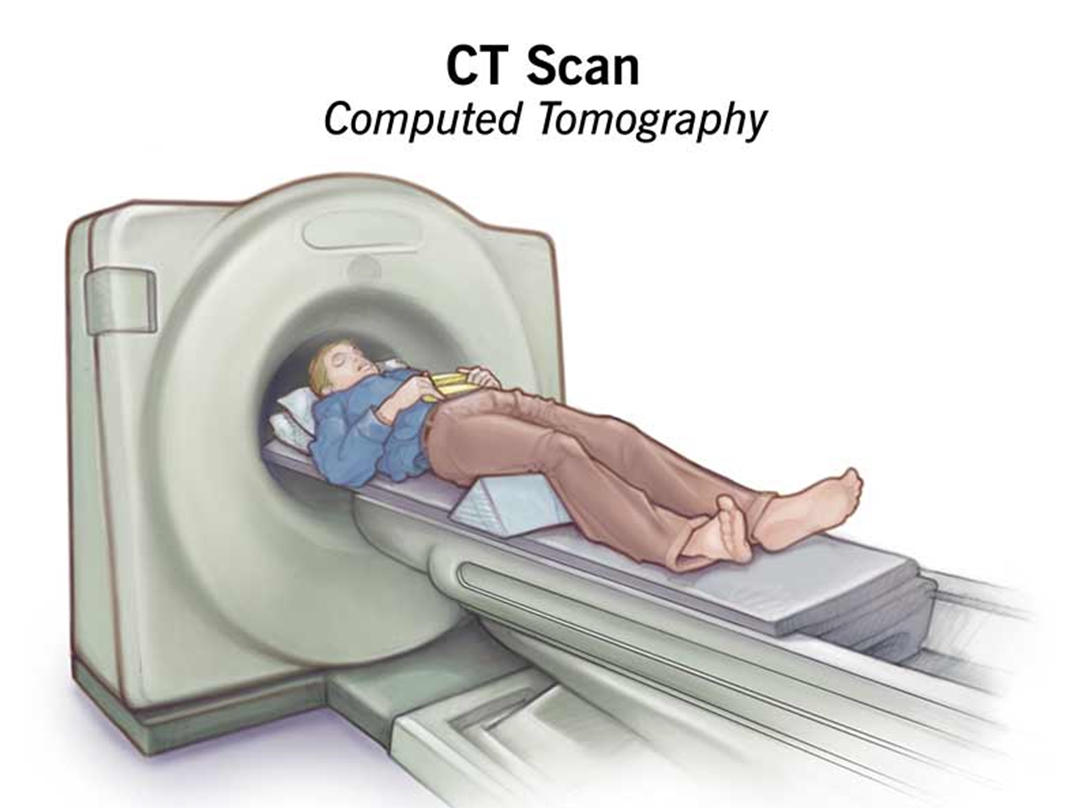A client with influenza needs help in transferring to the bedside commode. The nurse observes the unlicensed assistive personnel (UAP) donning gloves and a gown to assist the client. Which action should the nurse take?
Review the need for the UAP to wear a face mask while in close contact with the client.
Remind the UAP to apply a fitted respirator mask before entering the client’s room.
Assign the UAP to provide care for another client and assume full care of the client.
Instruct the UAP to notify the nurse of any changes in the client’s respiratory status.
The Correct Answer is B
Choice B reason: a fitted respirator mask is required for droplet precautions, which are indicated for clients with influenza. The nurse should remind the UAP to apply a fitted respirator mask before entering the client’s room and ensure that it is worn correctly.

Choice A reason: a face mask is not sufficient for droplet precautions, which are indicated for clients with influenza. A face mask can protect against large droplets, but not against small droplets that can remain in the air and be inhaled.
Choice C reason: assigning the UAP to provide care for another client and assuming full care of the client is not necessary or feasible. The UAP can assist the client with influenza as long as they follow the appropriate infection control measures, such as wearing a fitted respirator mask, gloves, and gown.
Choice D reason: instructing the UAP to notify the nurse of any changes in the client’s respiratory status is not as important as reminding them to apply a fitted respirator mask before entering the client’s room. The UAP should report any changes in the client’s condition, but this does not prevent exposure to influenza.
Nursing Test Bank
Naxlex Comprehensive Predictor Exams
Related Questions
Correct Answer is B
Explanation
Choice A reason: Replacing the IV catheter with a smaller gauge is not an intervention that the nurse should implement, as this does not address the problem of the client picking at the dressing and tape. This is a distractor choice.
Choice B reason: Applying soft bilateral wrist restraints is an intervention that the nurse should implement, as this can prevent the client from harming themselves or dislodging the dressing and IV line. This is a last resort measure that requires a physician's order and close monitoring. Therefore, this is the correct choice.
Choice C reason: Leaving the light on in the room at night is not an intervention that the nurse should implement, as this can disturb the client's sleep and worsen their confusion. This is another distractor choice.
Choice D reason: Redressing the abdominal incision is not an intervention that the nurse should implement, as this does not prevent the client from picking at it again. This is another distractor choice.
Correct Answer is D
Explanation
Choice A reason: Securing chest tube to the stretcher for transport is a good practice, but it is not the most important action. The chest tube should be secured to prevent accidental dislodgement or kinking, but it does not affect the function of the chest tube or the drainage system.
Choice B reason: Administering PRN pain medication prior to transport is a compassionate action, but it is not the most important action. The client may experience pain due to the chest tube, the intubation, or the underlying condition, but pain relief is not a priority over maintaining adequate ventilation and drainage.
Choice C reason: Marking the amount of chest drainage on the container is a useful action, but it is not the most important action. The amount of chest drainage should be recorded and reported to monitor the client's status and detect any complications, such as hemorrhage or infection, but it does not affect the immediate function of the chest tube or the drainage system.
Choice D reason: Keeping chest tube container below the site of insertion is the most important action for the nurse to take. The chest tube container should be kept below the level of the client's chest to maintain a gravity-dependent pressure gradient that allows air and fluid to drain from the pleural space. If the container is raised above the site of insertion, it can cause backflow of air or fluid into the pleural space, which can compromise ventilation and cause tension pneumothorax.

Whether you are a student looking to ace your exams or a practicing nurse seeking to enhance your expertise , our nursing education contents will empower you with the confidence and competence to make a difference in the lives of patients and become a respected leader in the healthcare field.
Visit Naxlex, invest in your future and unlock endless possibilities with our unparalleled nursing education contents today
Report Wrong Answer on the Current Question
Do you disagree with the answer? If yes, what is your expected answer? Explain.
Kindly be descriptive with the issue you are facing.
